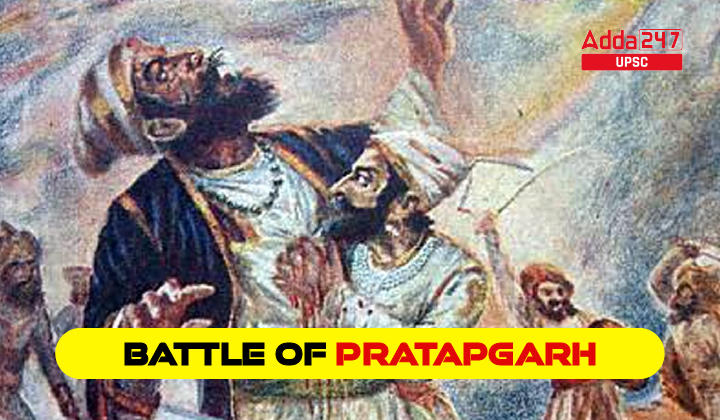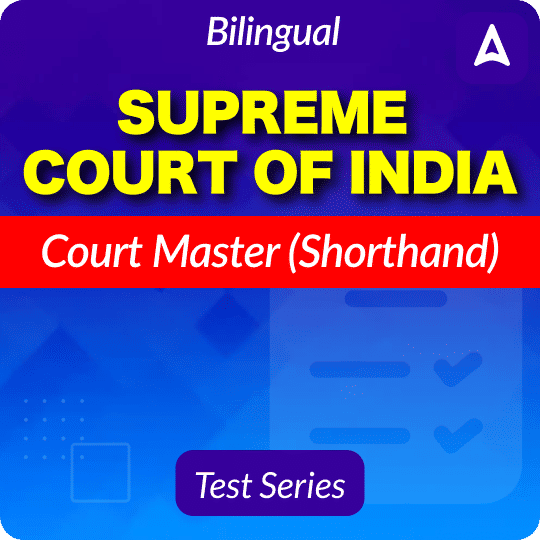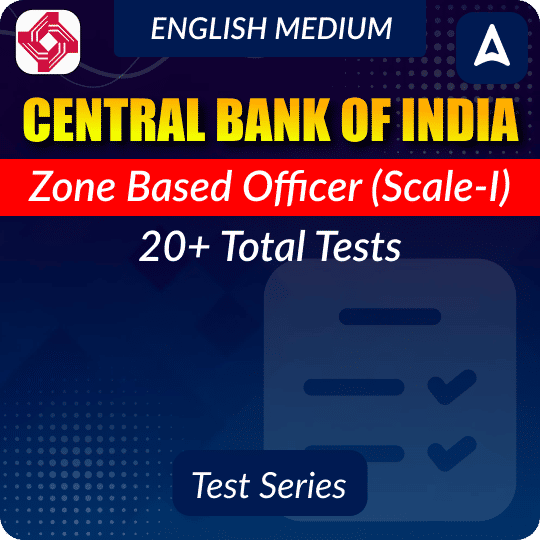Table of Contents
Introduction to Battle of Pratapgarh
The Battle of Pratapgarh took place on November 10, 1659, at Pratapgad Fort in Maharashtra. It involved Maratha forces led by Chhatrapati Shivaji and Adilshahi troops commanded by General Afzal Khan. The Marathas won, marking a significant achievement against regional powers. This battle is crucial for UPSC IAS exam aspirants, being an important part of the Medieval History syllabus for both Prelims Paper-1 and Mains Paper-1.
This article delves into the historical backdrop of the Pratapgarh battle, the intense confrontation between Chhatrapati Shivaji Maharaj and Afzal Khan, and provides comprehensive insights into essential facts pertinent to the UPSC IAS Exam.
History of the Battle of Pratapgarh
- Chhatrapati Shivaji Maharaj, also known as Shivaji Bhonsale I (1674–1680), held the position of a Maratha king in India and was a direct descendant of the Bhonsle family. He laid the foundation of the Maratha Empire in the western regions of India. General Afzal Khan, a military figure in the Bijapur Adil Shahi dynasty, played a key role in the conflict against the Maratha warrior ruler Chhatrapati Shivaji Maharaj.
- Afzal Khan, leading his army, reportedly arrived in Tuljapur initially, where he proceeded to desecrate a temple held sacred by Shivaji’s family. He extended this act to two more temples before establishing his camp in Wai, a town he had governed earlier. However, the local Deshmukhs, offended by his disregard for the Hindu religion, vehemently refused to support the general, setting the stage for the Battle of Pratapgarh.
- In certain areas of Maval, Chhatrapati Shivaji Maharaj held a respected position, which drew the attention of the Adilshahi court seeking to curb his activities. Afzal Khan was chosen to lead an assault on Shivaji Maharaj due to his previous involvement in the battle that led to the demise of Sambhaji, Shivaji’s older brother. Departing from Bijapur in 1659, Afzal Khan confronted Shivaji Maharaj on November 10, 1659, during a truce negotiation, resulting in Shivaji killing Afzal Khan. Subsequently, the scattered Adilshahi army faced defeat at the hands of Shivaji Maharaj’s forces.
Important Facts about Battle of Pratapgarh
This table provides important details about the Battle of Pratapgarh.
| Important Facts about the Battle of Pratapgarh | |
| Events | Battle of Pratapgarh |
| Date | 10 November 1659 |
| Location | Pratapgad, Satara district, Maharashtra |
| Forces Involved | Adilshahi forces of Afzal Khan and Maratha Empire |
| Result | Victory of Maratha Empire under Chhatrapati Shivaji Maharaj |
Series of Events of Battle of Pratapgarh
- Afzal Khan’s Campaign: Originating from Bijapur, Afzal Khan initially targeted the Bhavani shrine in Tuljapur, then proceeded to Pandharpur’s Vittal Temple.
- Persuasion Tactics: Afzal Khan aimed to convince Shivaji to leave the mountainous regions and relocate to the plains. This strategic move would give Khan’s well-prepared force a distinct advantage in open battle.
- Shivaji’s Defensive Strategy: Shivaji strategically established his camp at Pratapgad, located in hilly terrain favorable for guerilla mountain warfare.
- Troop Movement to Pratapgad: Despite Afzal Khan’s efforts to provoke an attack, Shivaji remained defensive. Subsequently, Afzal Khan led his troops to Pratapgad after failing to incite Shivaji into initiating an assault.
- Geographical Advantage: Afzal Khan possessed knowledge of the area’s geography from his previous role as Wai’s subedar.
- Political Maneuvering: Afzal Khan sought the support of the region’s militarily independent landlords to strengthen his position.
- Shivaji’s Diplomacy: Despite these efforts and the landlords officially recognizing Adilshah’s rule, Shivaji reversed the situation. He secured their support with the assistance of the influential baron Kanhoji Jedhe, acting on Shahaji’s orders.
Composition of Adilshahi Forces
Afzal Khan’s aides, among them Sayyad Banda, Fazal Khan, Ambarkhan, and Pilaji Mohite, played crucial roles. His military force comprised Adilshahi cavalry, infantry, elephants, camels, and cannons.
Composition of Maratha Forces
Shivaji Maharaj was assisted by Kanhoji Jedhe and other Deshmukhs of Maval. The command of Shivaji’s army was under Netaji Palkar. Moropant Pingle directed three thousand selected infantrymen stationed in a densely forested area. Sambhaji Kavaji Kondhalkar, Yesaji Kank, Jiva Mahala, and several other skilled military leaders operated under the command of Moropant Pingle. Simultaneously, Shahaji, with his 17,000-man army, was stationed in Bangalore, ready for a decisive battle in case Khan succeeded in defeating Shivaji and his forces.
Combat of Afzal Khan and Shivaji Maharaj
- Combat at Pratapgarh: The Battle of Pratapgarh involved intense combat between Chhatrapati Shivaji and Afzal Khan.
- Strangling Attempt: During a meeting at the tent, Afzal Khan tried to strangle Shivaji, but the attempt failed due to Shivaji’s armour.
- Peaceful Overtones: Chhatrapati Shivaji, seeking peace, sent an envoy to Afzal Khan to express his desire for conflict avoidance.
- Leaders’ Meeting: A meeting was arranged between Shivaji and Afzal Khan near the Pratapgad foothills.
- Envoys for the Meeting: For the meeting, Shivaji selected individuals such as Sambhaji Kondhalkar, Jiva Mahala, Siddi Ibrahim, Kataji Ingle, Kondaji Kank, Yesaji Kank, Krishnaji Gaikwad, Surji Katake, Visaji Murambak, and Sambhaji Karvar.
- Concealed Weapons: Both leaders concealed weapons beneath their attire during the meeting.
- Combat Ignition: Shivaji and Afzal Khan engaged in combat during the confrontation, triggering the onset of the war.
- Maratha Attack: The forces of Chhatrapati Shivaji launched an attack on the Adilshahi forces after the confrontation.
Forces Engaged in close-quarters Combat.
- Afzal Khan’s 1,500 warriors faced a decisive defeat at the hands of Maratha forces led by Kanhoji Jedhe, a captain in Shivaji Raje’s army, near the fort’s slopes.
- The Musekhan-led segment of the Adilshahi army, part of Afzal Khan’s forces, encountered a swift assault. Musekhan, Afzal Khan’s subordinate, sustained injuries and eventually withdrew from the battle.
- Simultaneously, under the command of Moropant Pingle, the Maratha infantry targeted the left flank of the Adilshahi forces.
- Due to the suddenness of the attack, Afzal Khan’s artillery was unable to provide effective support to the majority of his forces.
- The Marathas capitalized on this vulnerability and launched an all-out assault, swiftly defeating the remaining Adilshahi forces.
- Ragho Atre and Shivaji Raje’s cavalry troops executed a synchronized attack, overwhelming the sizable but unprepared Adilshahi cavalry before they could properly equip themselves for battle.
- While attempting to regroup with reserve forces in the nearby village of Wai, the Adilshahi soldiers faced relentless pursuit from the Maratha cavalry led by Netaji Palkar.
- Before the Adilshahi forces could reorganize, they were engaged in combat and suffered defeat before reaching Wai.
- The continuous Maratha assault compelled the Adilshahi army to withdraw towards Bijapur.
- The Maratha army pursued the retreating Adilshahi forces, capturing 23 Adilshahi forts. The keys to these forts were directly handed over by the Adilshahi Killedar of the Kolhapur fort to the victorious Marathas.
The Rise of the Maratha Empire
- The Mughals and Marathas fought a long and very intense battle in the Deccan known as the Battle of Pratapgarh.
- Marathas achieved a significant victory, gaining a large number of weapons and horses that greatly strengthened their army.
- A few months later, another battle took place with the Adilshahi camp. Despite being outnumbered, Shivaji’s army displayed excellent military skills and defeated the opposing force. Additionally, Shivaji conducted raids in Mughal territories near Junnar and Ahmednagar.
- The series of remarkable triumphs in these battles laid the foundation for the Maratha Empires, changing the course of history in the Deccan.
Aftermath of the Battle of Pratapgarh
- The Marathas secured a vast array of resources from the defeated Adilshahi forces, including weaponry, horses, camels, elephants, jewels, rupees, valuable clothing, and tents. Additionally, the Adilshahi cash and grain stored in Wai were inadvertently misplaced during the conflict.
- Some Adilshahi generals, like Siddi Hilal, who faced defeat, switched their loyalties and aligned themselves with Chhatrapati Shivaji Maharaj to serve in his army.
- Although the Marathas initially captured two sons of Afzal Khan, Chhatrapati Shivaji Maharaj intervened and released them. Prataprao More led Afzal Khan’s son, Fazal Khan, and the seriously wounded Adilshahi soldiers out of the Jawli forest.
- Afzal Khan’s demise significantly weakened the Adilshah dynasty. Within fifteen days of the Battle of Pratapgarh, Shivaji expanded his territory by double, despite losing a tenth of his army. Conversely, Pratapgarh experienced a quarter reduction in land, forts, and a fifth of its army.
- To maintain momentum, Shivaji Raje dispatched cavalry toward Kolhapur, successfully capturing seventeen forts, including the prestigious Panhala fort. Under Doroji Patil’s leadership, cavalry also moved towards Dabhol and Rajapur, seizing forts in the southern Konkan region.
- The remarkable success in this battle elevated Chhatrapati Shivaji to legendary status among his people and turned him into a hero in Maratha folklore.
- Shivaji Raje established military dominance by repelling a significant attack from a powerful empire, laying the foundation for the Maratha empire in India.







 TSPSC Group 1 Question Paper 2024, Downl...
TSPSC Group 1 Question Paper 2024, Downl...
 TSPSC Group 1 Answer key 2024 Out, Downl...
TSPSC Group 1 Answer key 2024 Out, Downl...
 UPSC Prelims 2024 Question Paper, Downlo...
UPSC Prelims 2024 Question Paper, Downlo...




